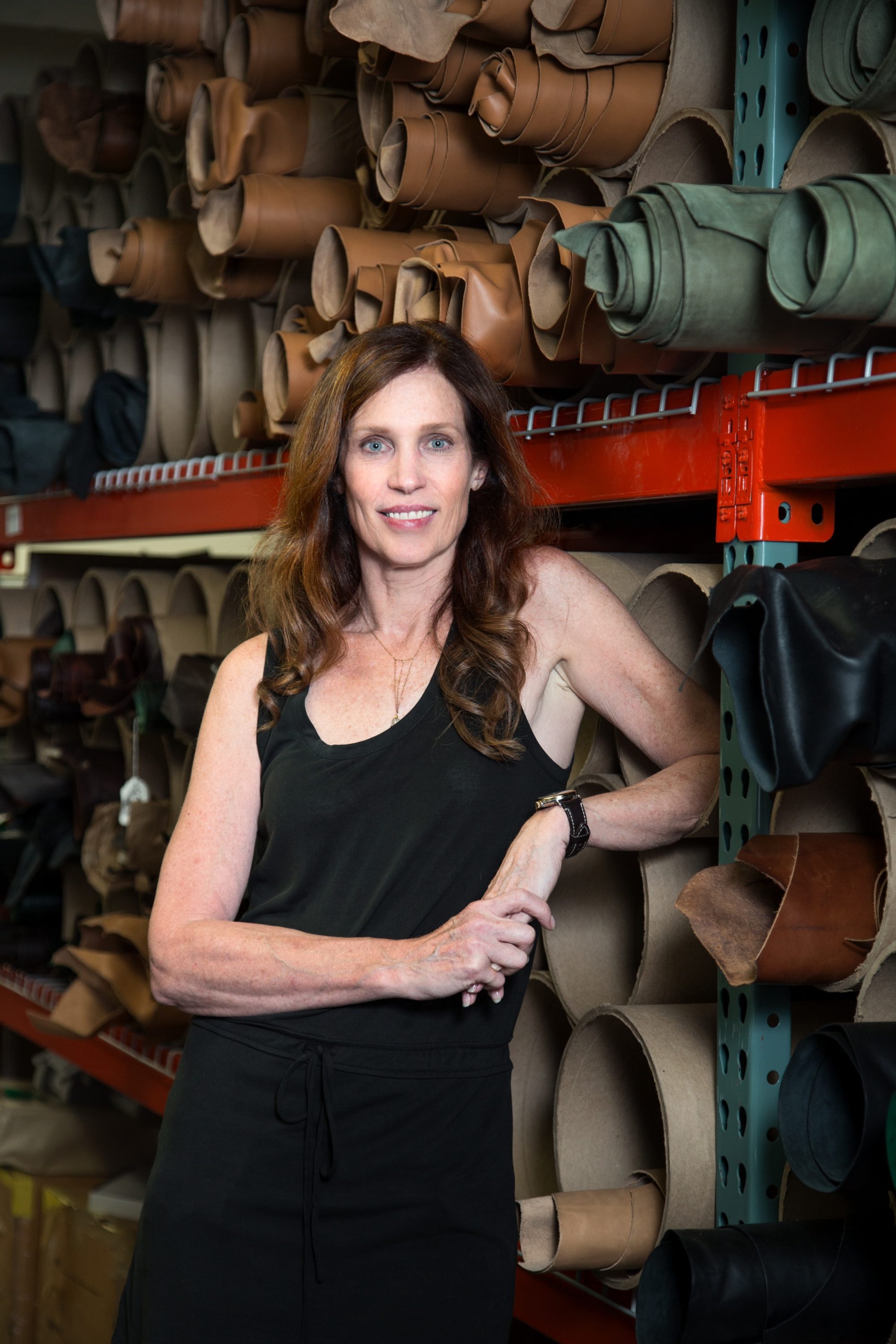Since Fossil veteran Tom Kartsotis started the Michigan-based brand Shinola in 2011, it has generated significant buzz for a range of products: leather goods, watches, bicycles, shoe polish, and journals. Unlike many companies that make products cheaply overseas, Shinola was conceived with the belief that products should be built to last, at home, and its just-opened leather factory exemplifies this new turn in American manufacturing. As part of an initiative to rethink production, Shinola has reconceived the traditional factory space, too.
The company’s leather production facility is anything but the cramped, gritty industrial image conjured by the word “factory.” Spacious and bright, the clean, organized space includes equipment custom built by the Italian machine-maker Galli. Windows surround the 12,000-square-foot floor; the staff of more than 50 employees cuts and preps the leather in natural light. “People are always surprised when they visit our factory,” says Jen Guarino, vice president of Shinola’s leather division. “It’s almost like we need to come up with a new word for ‘factory.’”
Factory or not, the site—located right next door to the design studio that develops Shinola’s leather goods—was set up to ensure efficiency, collaboration, and innovation. “We’re able to design a product that’s ready to manufacture well because the studio is working in tandem with the factory to do that,” Guarino says. The design studio opened last fall and the workspace began operating in May; its first products are intricate straps for Shinola’s watches. (The brand plans to expand by eventually producing bags at the facility.)
“Because the strap is so small and because it’s framing a timepiece that you’re going to be looking at all the time, it requires a very high attention to detail,” Guarino says. “Even a slight change in the stitch or a slight flaw in the leather becomes much more obvious.”
To create watch straps, the leather team begins by sorting and grading the leather, which Shinola purchases from Chicago-based Horween Leather Company. During this initial process, artisans find the strongest, highest-quality parts of the hides. “It’s a very manual process to choose great leather because the hides vary in thickness, weight, and surface,” Guarino says.
After the hides are selected, the team shaves them down to the appropriate thickness.
The workers then cut them into smaller pieces to be trimmed in the shape of the straps by secondary cutting machines. Each watch strap has three layers: the top leather, an intermediary reinforcement, and a bottom layer that contacts the wrist. The reinforcement layer prevents the straps from stretching over time.
After stitching the layers together, Shinola workers cut and press the straps into their final shape, emboss the company logo onto them, perforate holes, paint the edges, and sew on loops. In total, 20 people work on each strap, and there are approximately 30 steps in production.
“Straps are one of the most complicated things to make,” Guarino says. For guidance, Shinola partnered with the Swiss strap-making company Braloba, whose specialists teach the art to Shinola’s employees. “They are learning the whole process from people who have been doing it for decades,” Guarino says. “We hire the best of the best to teach the craft to people who have never touched a strap in their life. It’s re-energizing a trade by teaching the artisans of the future.”


